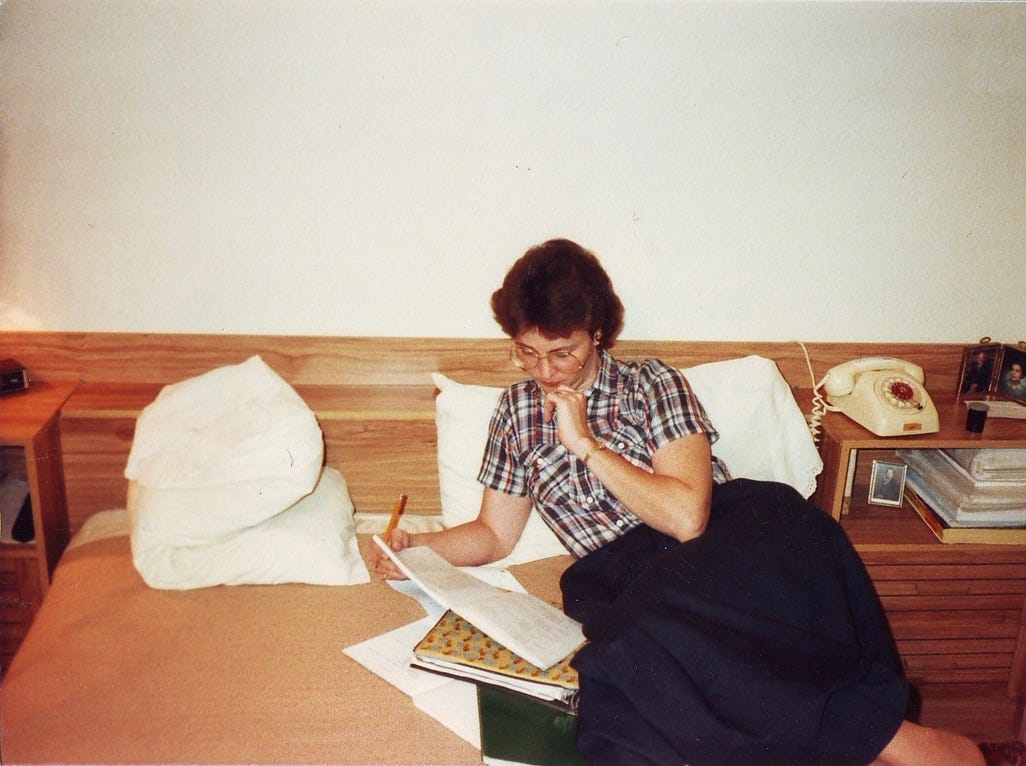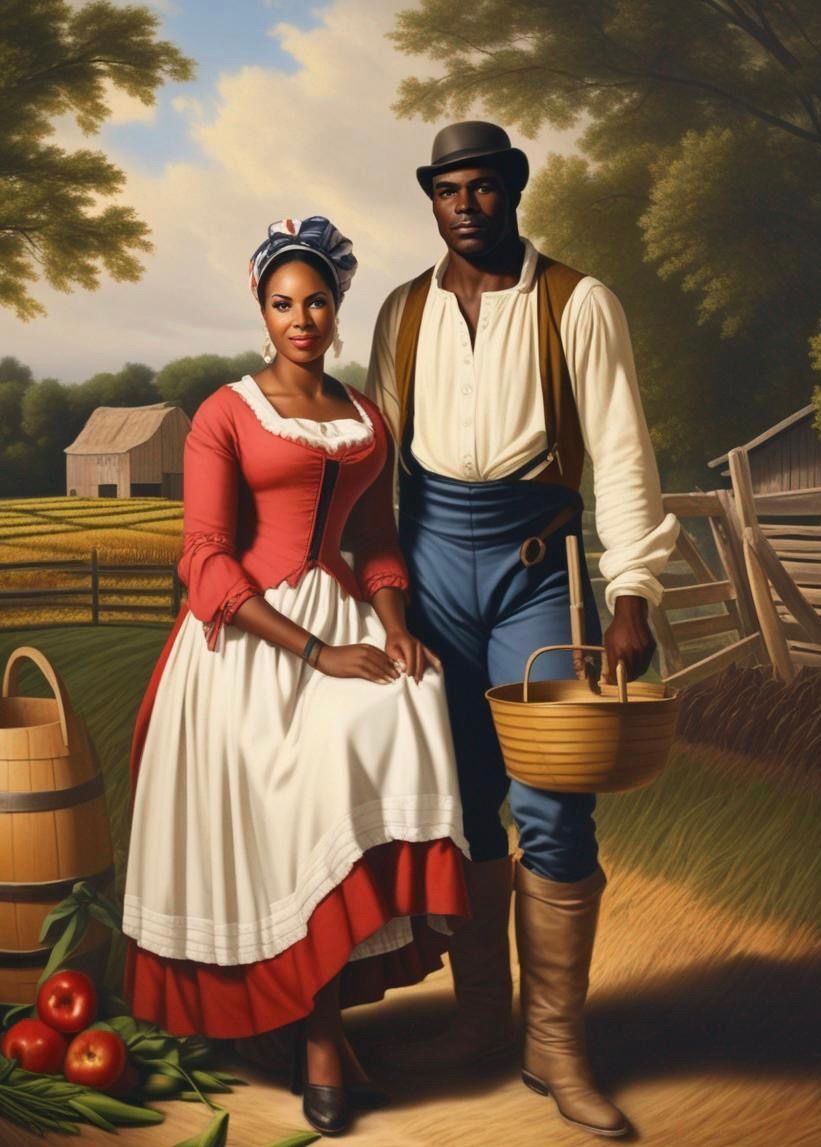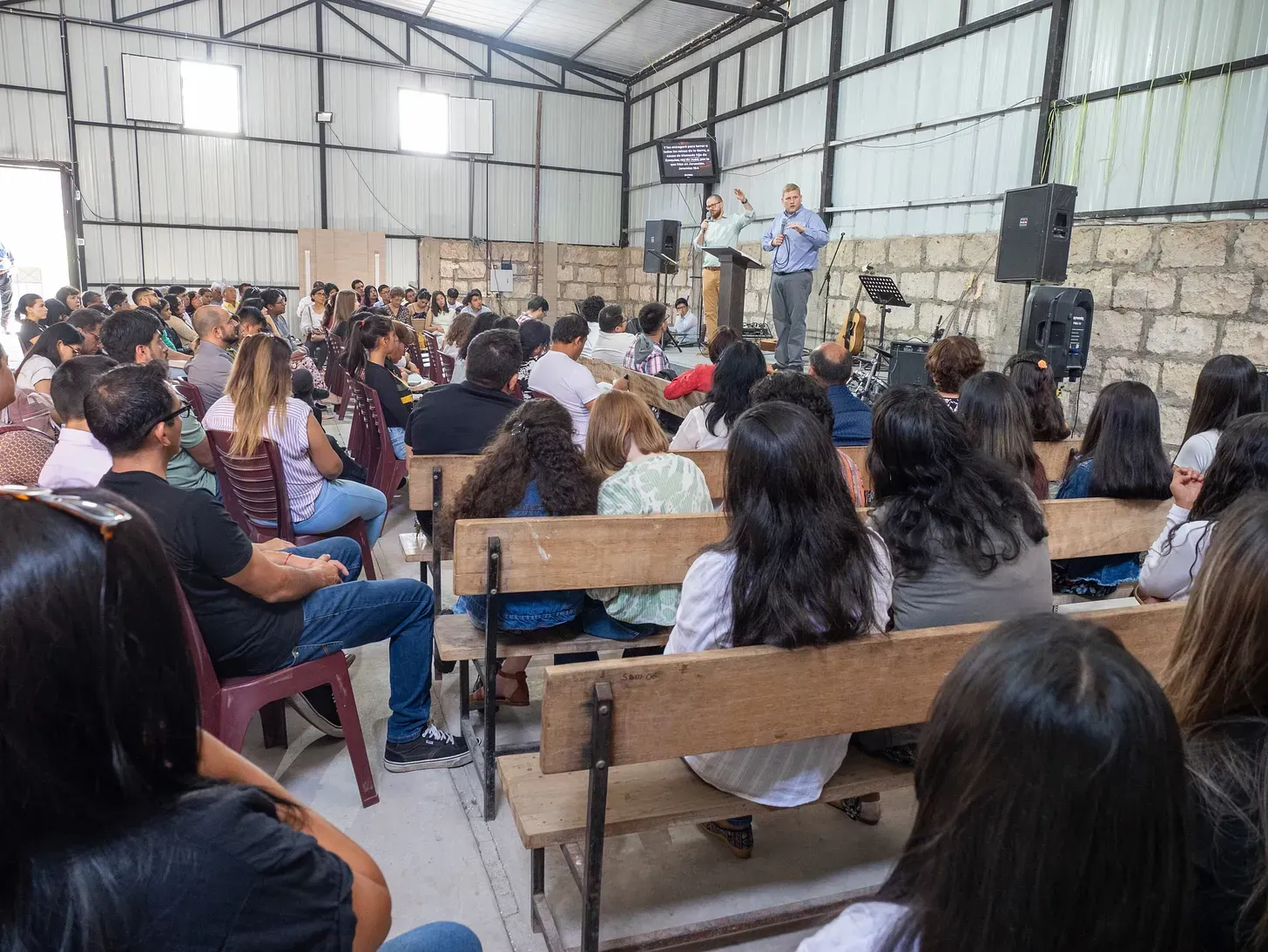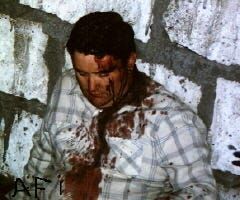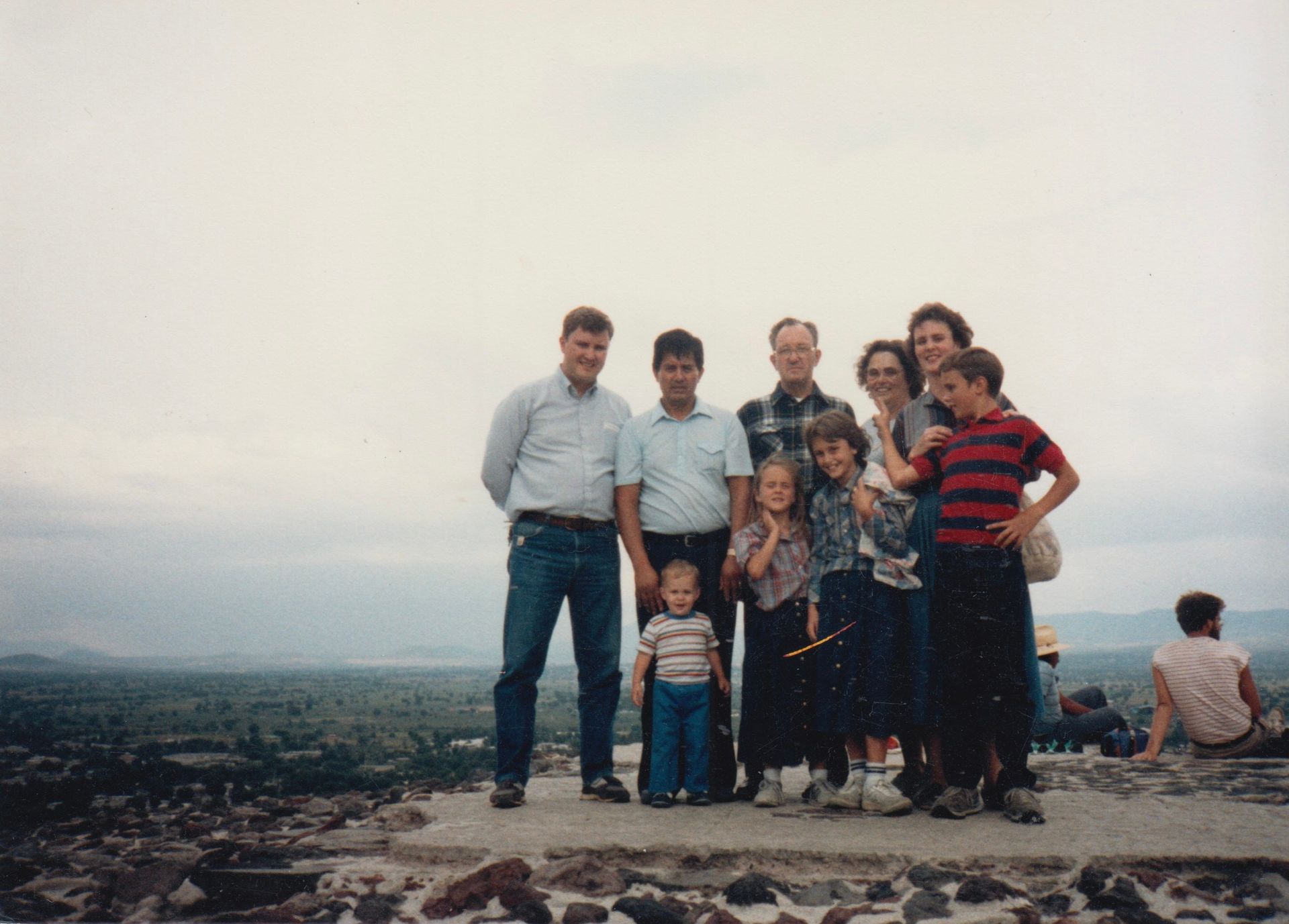Battered in the Valley
The length of time it takes God to do it depends upon us

This is a great passage from Oswald Chambers. God calls us but then He has to prepare us. That can be pretty hard on us.
Thank God for the sight of all you have never yet been. The vision is not an ecstasy or a dream, but a perfect understanding of what God wants, it is the Divine light making manifest the calling of God. You may call the vision an emotion or a desire, but it is something that absorbs you.
Learn to thank God for making known His demands. You have had the vision, but you are not there yet by any means. You have seen what God wants you to be but what you are not yet.
Are you prepared to have this “iron dug from central gloom” battered into “shape and use?” “Battering” conveys the idea of a blacksmith putting good metal into right useful shape. The batterings of God come in commonplace days and commonplace ways, God is using the anvil to bring us into the shape of the vision.
The length of time it takes God to do it depends upon us. If we prefer to loll on the mount of transfiguration, to live on the memory of the vision, we are of no use to live with the ordinary stuff of which human life is made up. We have not to live always in ecstasy and conscious contemplation of God, but to live in reliance on what we saw in the vision when we are in the midst of actualities.
It is when we are going through the valley to prove whether we will be the “choice” ones, that most of us turn tail; we are not prepared for the blows which must come if we are going to be turned into the shape of the vision. It does not matter with what the vision is connected, there is always something that corresponds to the valley of humiliation. God gives us the vision, then He takes us down to the valley to batter us into its shape, and it is in the valley that we faint and give way, while all the time God is wanting to get us through to the veritable reality.
Oswald Chambers, So Send I You: The Secret of the Burning Heart (Hants UK: Marshall, Morgan & Scott, 1930).
